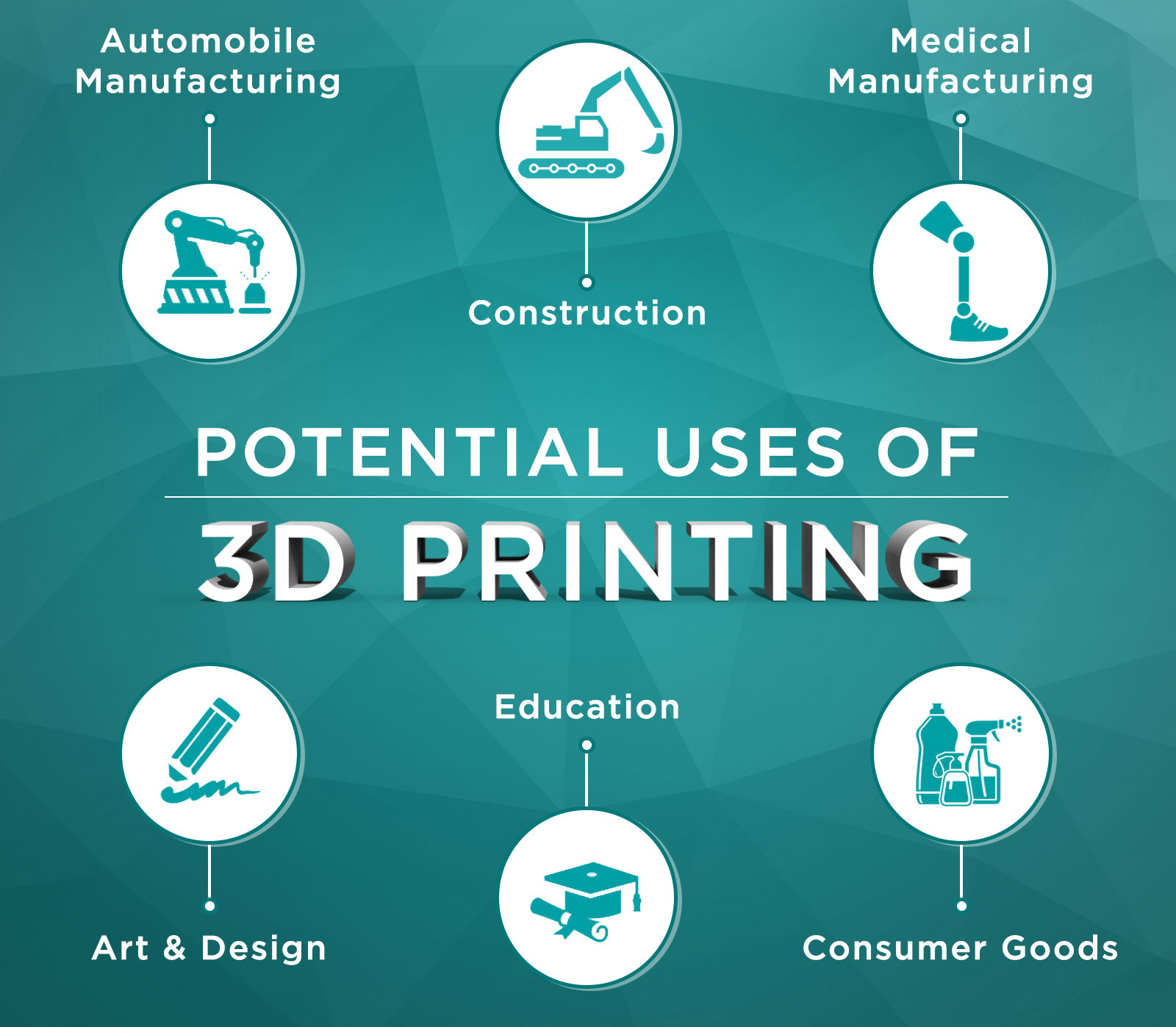Blockchain, Artificial intelligence (AI) and cognitive technologies are creating new opportunities for the finance industry. In an industry where insight and information is crucial, the focus is now on investing in technology and resources that aid in complex problem-solving, critical thinking and creativity to meet customer expectations in a timely manner and provide tailored products and services. Banks are embracing the latest technologies—ranging from blockchain, cloud computing, cognitive computing, and the Internet of Things, to machine learning and more—to understand the needs of customers and service them.
For the banking sector, investing in cognitive technology is a given and a necessity to retain their competitiveness. Cognitive technology helps banks to make sense of data for providing a range of services that include customer experience and fulfilment, cyber security, risk management, and compliance. Therefore, the financial services business is now transforming into a cognitive business.
How do Cognitive Systems work ?
In financial service companies, cognitive systems use the unstructured data present in industry reports, investment advisories, financial news, and other party sources to offer customised solutions based on individual needs and requirements of customers. In other words, financial service companies can target individuals to deliver the right product, thereby increasing the chances of sales conversion. Cognitive systems apply predictive analysis to determine an individual’s characteristic requirements from social media, messages, and other available content. Once the persona of an individual is shaped, data analysis helps to determine the customer type, and assists the advisor in making decisions.
Impact on Processes
Previously, only humans could perform certain tasks with some degree of autonomy; now, cognitive technologies are able to do that and more. Over the years, cognitive technologies have matured to perform the following tasks –

- Analysing Numbers: Cognitive technologies help analysing numbers in structured formats. Simple algorithmic methods help in creating variables and models that best fit to a data set. Complex cognitive methods can learn from labeled data to determine strategies that may come in handy during complex business situations; for instance, fraud detection and personalised marketing.

- Analysing Images & Words: This key aspect of cognition is no longer a realm of human intervention. A wide variety of tools analyse words and images, and do more: words are read, counted, classified, interpreted, and predicted. This has been possible through technologies such as machine learning, natural language processing, neural networks, deep learning, and so forth.

- Performing Digital tasks: Automating administrative tasks and decisions often is best handled by cognitive technologies. As there are thousands of such tasks to perform in the financial sector, cognitive tools perform the required tasks to move a ‘case’ through a logical series of workflow steps. Banks and insurance companies use it for back-office customer service tasks such as replacing a lost ATM card, processing claims, and handling payments etc.

- Performing Physical tasks: Robots come with cognitive abilities for more intelligence and greater ability to make decisions. When loaded with deep learning software, robots can analyse processes, perform tasks within processes, and make learning predictions of what is most likely to satisfy a customer.
Customer demand is fundamentally changing traditional business models with technology-driven peer-to-peer lending services, online banking, and DIY portfolio management companies. Competition is fierce to deliver timely and tailored products to customers, and companies are embracing different financial technologies as new means to engage with customers.







 The primary incentive behind investing in Smart Homes is the added convenience offered by it. Equipped with a simply remote control, users gain access to a wide variety of systems, including temperature control, communication devices, or multimedia devices, located throughout the home. With the help of integrated hard drives, homeowners can enjoy full connectivity with the rest of the home, streamlining daily tasks and making things easier.
The primary incentive behind investing in Smart Homes is the added convenience offered by it. Equipped with a simply remote control, users gain access to a wide variety of systems, including temperature control, communication devices, or multimedia devices, located throughout the home. With the help of integrated hard drives, homeowners can enjoy full connectivity with the rest of the home, streamlining daily tasks and making things easier.














 1. Password Practices
1. Password Practices 2. Tighten Your Security & Privacy Settings
2. Tighten Your Security & Privacy Settings 3. Security Program / Software
3. Security Program / Software 4. Regularly Install Updates
4. Regularly Install Updates 5. Never Simply Click On Any Link
5. Never Simply Click On Any Link